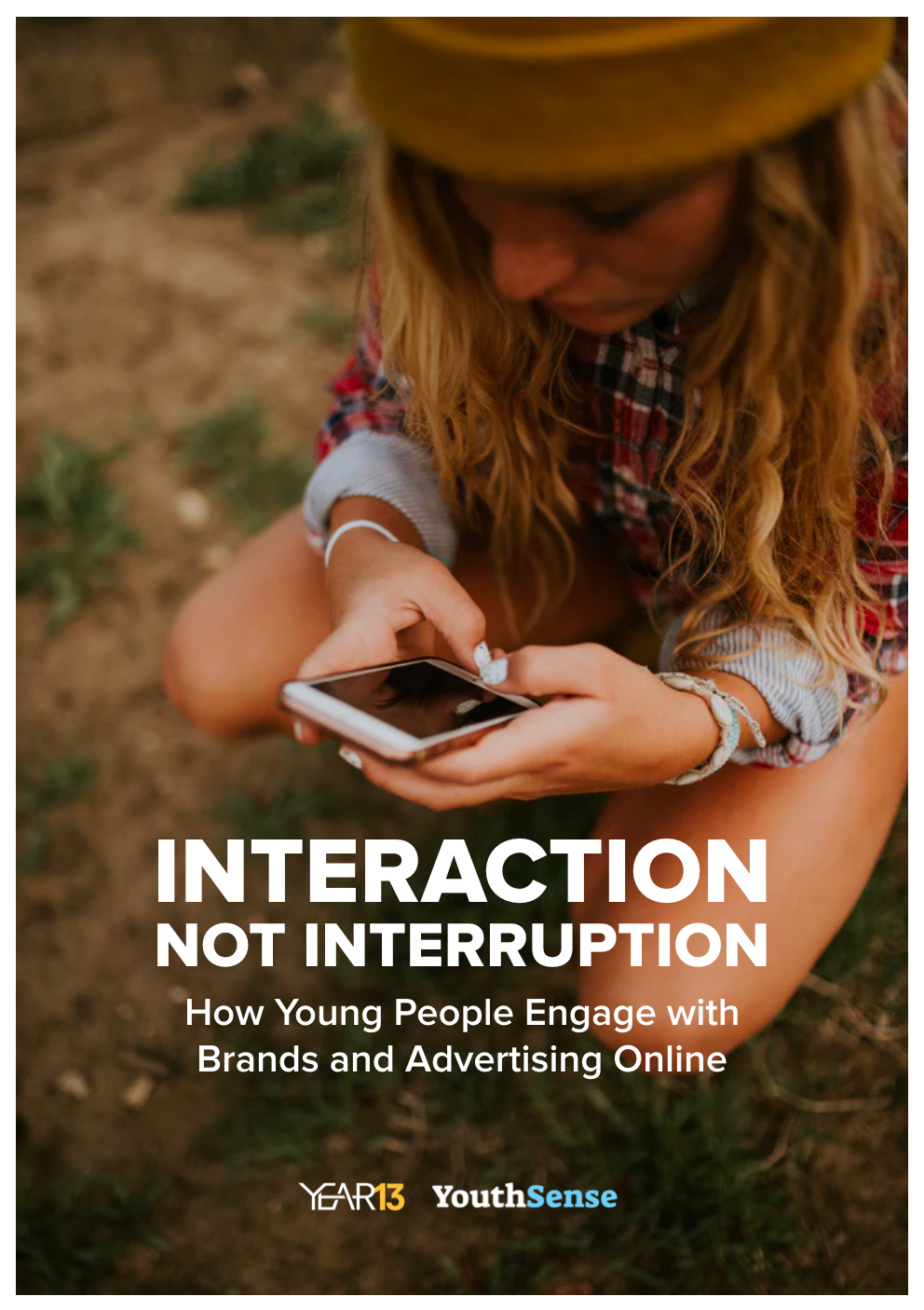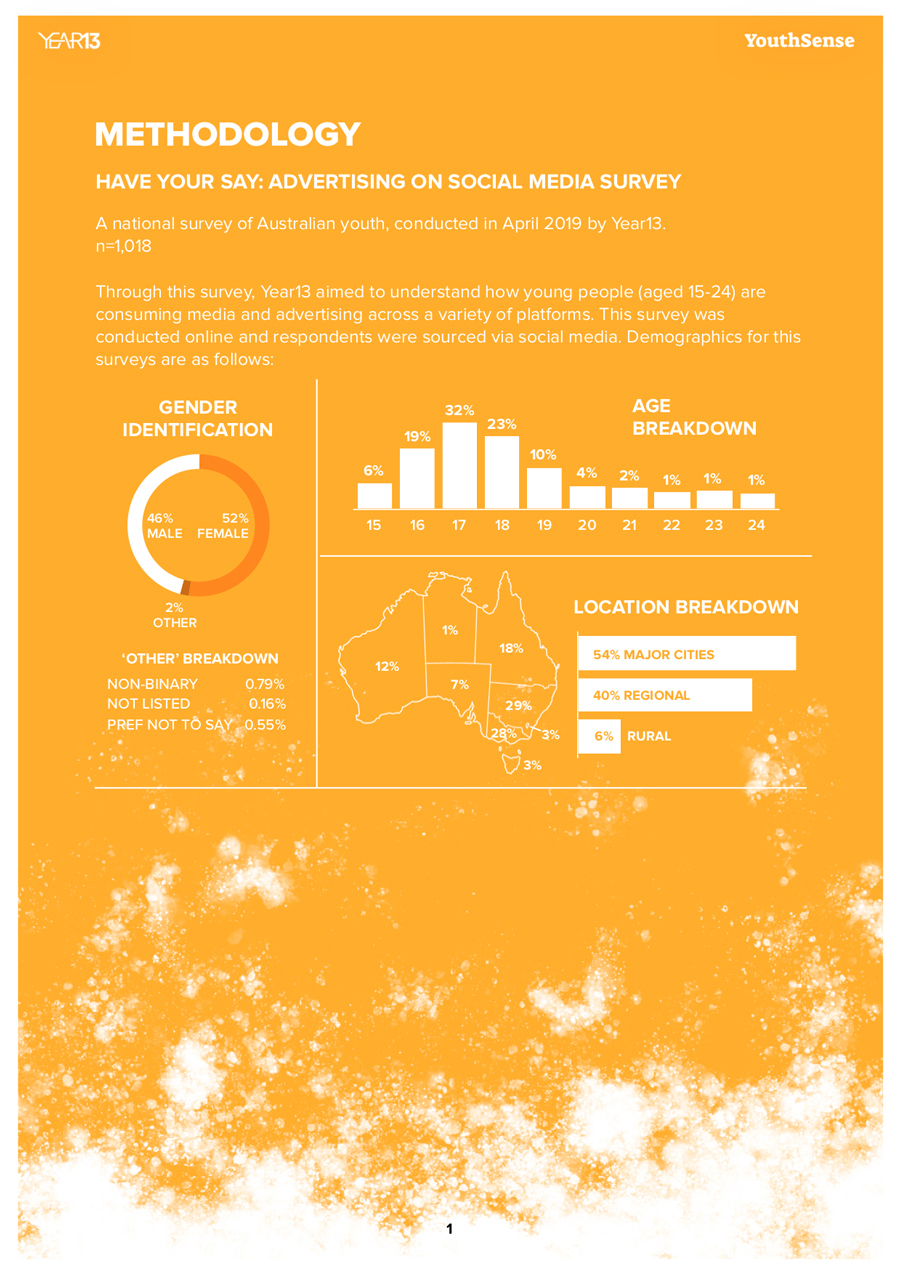Hardly a day goes by where you don’t see a clip on Facebook or YouTube — often just a couple of hours old — that’s already had millions of views. On the flip side, the same can be said for the creation of videos that languish with a mere few hundred views. The unpopular videos are more common but chances are you just haven’t seen them because they don’t have ‘shareability’.
Wouldn’t it be great for your brand to knock a video into the stratosphere of the hundreds of thousands, or even millions of views? To gain the status and credibility that those six or seven-figure counts bring? This kind of marketing is becoming more powerful and important, especially with youth; it’s well established that visuals are far more powerful than text in this respect and as it stands, video content is king. But if it’s not shareable then it’s not going to garner attention from young people and it’s not going to go viral. So, here are some insights into how to make sure your video content is engaging young people.
There is no time to waste
The first few seconds of a video are its make or break time; there is no room for an awkward pause, an extended establishing shot or a silent moment. According to the brains at Facebook, it takes people just 1.7 seconds to consume mobile content on Facebook, compared with 2.5 seconds on desktop. With Gen Z spending an average of 15.4 hours a week on their phones, compared to 10.6 hours on a computer, it’s clear your video content needs to be packing a lot in fast.
The social media giant’s research found 47% of a video’s value was crammed into its first three seconds, with 74% coming in the first ten seconds. So, you need to show your best side upfront. There’s no use waiting for a big reveal when your clip has already induced a mental yawn and been forgotten about. Kicking off with high-quality shots of your product or service are essential and if you have someone famous in your video then don’t wait to show them. An attention grabbing thumbnail also helps. With video 1200% more likely to be shared than text and links combined, you need to tell your story as quickly as possible while still getting the message across.
Be animated
With the 1.7 second rule established, using the best practices of animation can give you a great head start in this tiny modicum of space. Company logo animations instantly make your brand seem more professional and give a video gravitas, with Facebook’s data revealing videos with brand identity and messaging in the first ten seconds reach three times more people. Whether it’s your brand’s logo or an animation highlighting your message, it will set you off and running.
But with so many young people watching on their phones or while listening to music, it’s critical to have your video messages optimised for not having sound and the visuals need to be continually engaging. Throughout the video, captions are crucial.
Use a style and typography that’s unique to your brand and make the subtitles for spoken words assist in creating your brand’s own identity. Giving the name of who or what’s on screen, like in the TV news, will make your videos slick and professional. At the end, animations that people can click to be taken to your Facebook, Instagram or Twitter are a great way to capture new likes and follows. Even if it’s just a short announcement of a new offer, a quick animated video will have a far greater impact on Facebook than a little status update.
Tell an edgy story
One of the most successful online video ads of recent times showed nothing about the product until near the end of its 4 minutes. Real Madrid football legend Cristiano Ronaldo was disguised as a shaggy looking nobody before kicking a ball around a square in Madrid with hardly anybody taking notice until he signed a ball for a little boy, took off his disguise and was promptly swarmed by those who had ignored him moments earlier. His ROC headphones were flashed on screen at the end for 20 seconds and became an overnight sensation.
This was cutting edge thinking and it paid off because the story resonated with people on multiple levels. It was entertaining, it had emotion, it made people think and of course it had one of the most famous athletes in the world in it. Not every brand will have a Ronaldo at their disposal, but thinking outside the box to get your message out can be the difference between normality and virality.
Be practical and give value
What are the problems and needs that you could help young people with? This is the beginning of a ready-made list of topics to cover in your upcoming videos. Quick tips like how-to videos that can make use of your product or service are often highly shared because if it’s a good idea for one person, then chances are they will want to be the bearer of useful information to their mates.
It is important to strike a balance between the overt selling of your own brand and the altruism of wanting to simply help. Depending on what you sell, it will affect the way it can be integrated into a video, and finding a balance may be challenging. But done right it is a perfect symbiosis between you and your audience. You make their lives easier in some way, shape or form, and at the same moment, you show them who you are and what your brand looks like. Don’t forget to reply to comments that pop up when people still have questions. This multi-layered approach can really make your audience feel appreciated.
Take them behind the scenes
Taking your audience behind the scenes to where the magic happens is an old trick to create a deeper connection with a brand. The difference today is how easy it is for any company to do this. But just because you can, doesn’t mean you should. You have to do it right. There is an art to this and perhaps not all businesses are suited to it. As we saw with the Australian Department of Finance’s graduate program video which went viral for all the wrong reasons.
People couldn’t quite work out if this stiff and awkward snapshot of life in the office was subversive genius in disguise, trying to garner attention about awkward office life, or if it was just genuinely bad. The video went global and brought them tonnes of publicity but it was ultimately bad attention. When dealing with youth there’s no doubt that you’d rather be cool than clunky so a genuine focus on being engaging and hopefully going viral, for the right reasons intended, should be a company’s goal.
Do it edited or do it live
It is up to you how you choose to go about bringing your supporters inside your home so to speak, but there’s a good chance ditching the script and offering more of an authentic fly on the wall experience with off the cuff remarks and insights is what will resonate with Gen Z. While these might take some time and effort to produce, Facebook Live has emerged as a great new way to show a real life insight into a brand. Turn it on and turn it off whenever you please, capture some interest on the go and really build an authentic connection between you and your audience.
They can leave comments as each moment unfolds so take stock of these and reply when you can to really take this level of engagement to the maximum. Once you go live and can see second by second how many eyeballs are interested in what you’re showing and how many of them are engaged enough to comment, it’s a spectacular insight into how well your social media presence is firing.
Think outside Facebook and YouTube
Snapchat and Instagram are the latest frontiers in video and they should be part of any strategy with the young. Snapchat has over 4 million users in Australia and 31% of them, the largest group, are 18 to 24-year-olds. Out of Instagram’s 5 million Aussie users, 70% are aged between 18 and 34. These apps with their short clips and self-destructing videos suit Gen Z’s rapid paced lives and attention spans.
‘Stories’ – which is the name for short clips which are only viewable for 24 hours – allow people and brands alike to simply share what’s going on in their world, and with a brand, this gives you an opportunity to be creative or to just show what’s happening around your business. These days, popular content is prioritised in users’ feeds, so whether someone watches it before work at 7am or after at 7pm, in the end they will get the same content whenever it suits them. These apps can’t be missed if you’re trying to engage young people with your video content.
Download a free copy of our report on Gen Z’s attitudes towards media and advertising and click here for more of our research.







